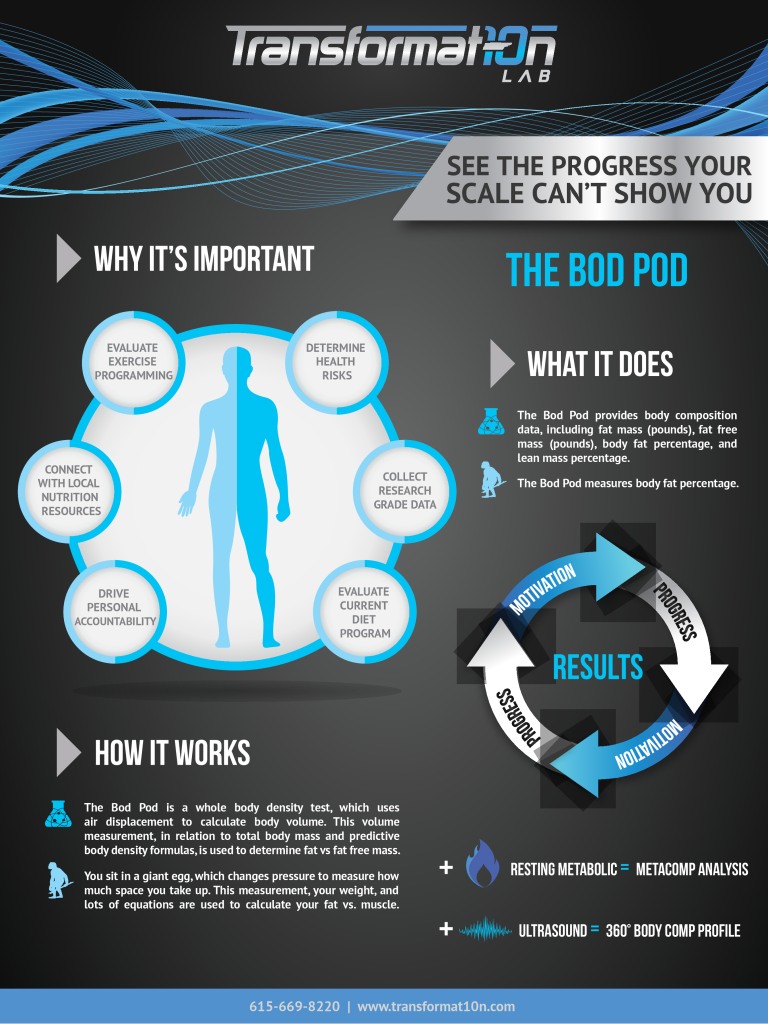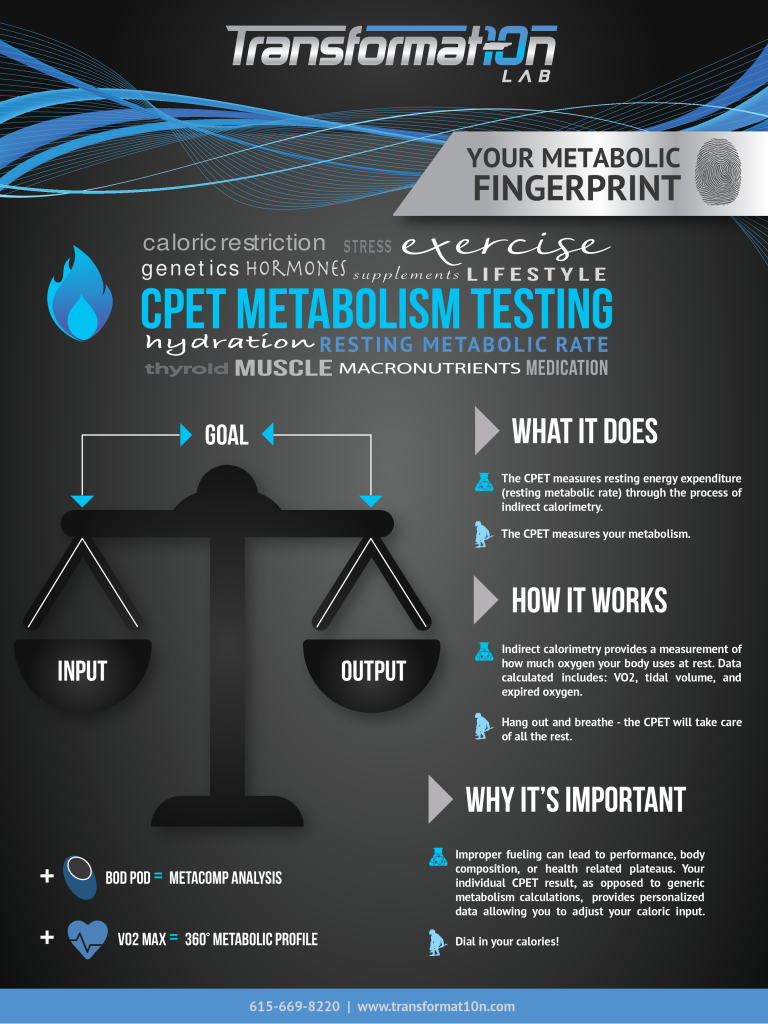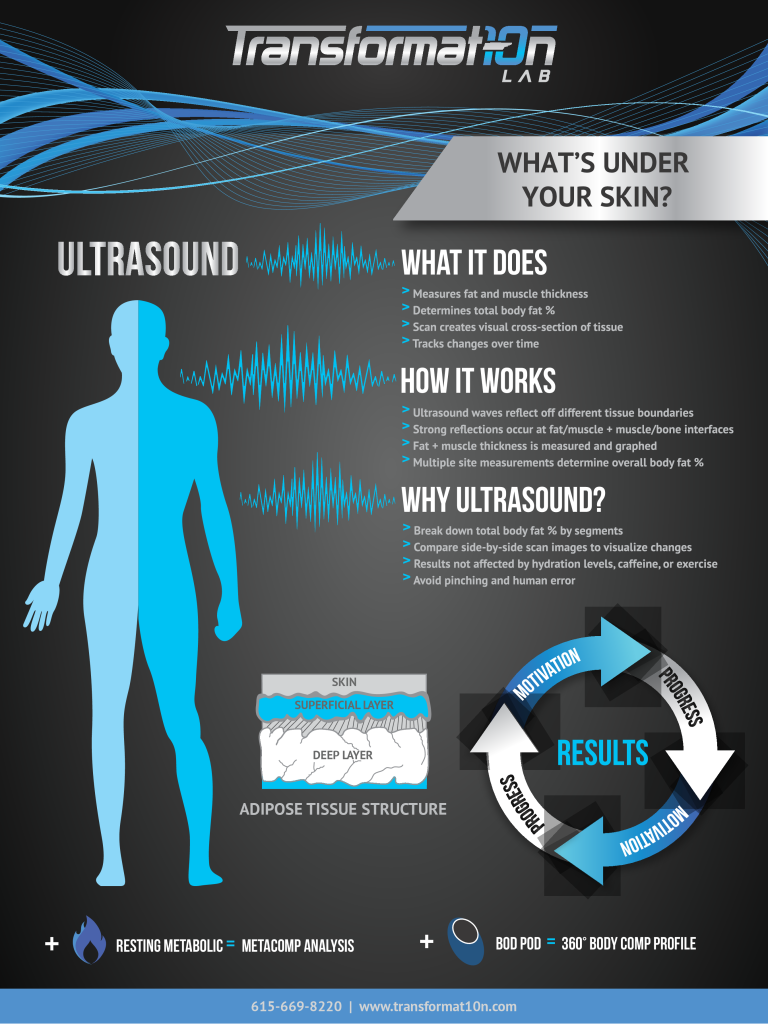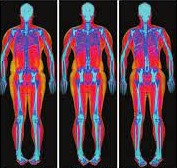The Three Myths
Myth #1 – Greater fat BURNING doesn’t equal great fat LOSS.
One of the biggest dietary myths going right now is centered around the idea of forcing — or better yet, supercharging — our body to burn fat for fuel by restricting other macronutrient groups — namely carbohydrates. While it’s 100% true that switching to a low-carb diet will increase fat oxidation (burning), that doesn’t mean we are necessarily going to lose more fat as a result.
How come?!
Just like there are two sides to every story, there are also two sides to every equation. In this case, the forgotten side is the input — more fats are BEING CONSUMED! With carbohydrates in short supply, it’s only natural that a sophisticated, adaptable organism (aka the human body) is going to utilize the primary source of energy being provided.
What really counts is the net fat balance (fats in minus fats out) when it comes to determining fat burning or fat storage. And because excess calories of all kinds can be converted to stored triglycerides just like stored triglycerides can be broken down and burned for fuel during a calorie deficit — fat balance is predominantly a product of total energy (calorie) balance.
Myth # 2 – In order to lose weight, you need to eat more times throughout the day to boost your metabolism or “stoke the flame.”
It’s true that your metabolism does increase after eating a meal, but it’s important to consider that this increase in metabolic rate is predominantly due to the thermic effect of food (TEF) defined below.
Let’s use the example of a 150 lb female focusing on fat loss. Her target calorie intake is 1500 calories and her distribution of macronutrients results in an average TEF of 10%. Regardless of whether she eats eat 300 calories per meal for 5 meals or 500 calories per meal for 3 meals, the result is the same 150 calories burned as a result of her food consumption (TEF).
With this in mind, nutrition concepts like regular grazing/snacking and breakfast as the “most important meal of the day” are not must-dos when it comes to nutrition for improved body composition. That’s not to say some individuals might not benefit from smaller/more frequent meals to assist with hunger or digestion issues. Long story short – total calorie intake and nutrient composition have proven to have a significant impact in body composition change. Meal frequency has not shown to have a significant impact. This is GOOD news — allowing you to focus on fitting quality meals into your daily routine and worry less about eating at specific times, just because you “have to.”
Thermic Effect of Food: The amount of energy needed by the body above the resting metabolic rate to process food for utilization or storage. TEF is expressed as a percentage of caloric consumption and varies among the three macronutrients. Approximate values for each macronutrient are listed below:
Myth #3 – Sugar is the root of ALL evil.
You’ve heard it before – in fact one of the most common first steps for individuals getting serious about their nutrition is to cut sugar. Often times, this is a harmless oversimplification meant to describe the good intention of “laying off the excess desserts and soft drinks.” However, we should be a little more cautious in making this broad generalization about sugar.
Is sugar bad for you? Not inherently – otherwise we’d all be in a tough spot. Our brain and central nervous system prefer glucose (a simple sugar) for fuel and while these can be fueled via alternative sources like ketones, even in the absence of dietary carbohydrates, our bodies still manufacture a minimum amount of glucose needed. Not to mention, our bodies are regularly breaking down longer chain carbohydrates into simple sugars and then repackaging those sugars as stored energy (glycogen). Both of these important physiological processes are made possible by sugar.
Even classifying sugar consumption as a negative is too broad. There are many different types of sugar, and they digest in a variety of different ways. It’s likely going to be a positive for a weight loss client to remove a high calorie, highly processed, sugar laden snack from their diet in lieu of a healthier option. But that same client may actually benefit from adding sugar to their diet in the form of berries to their smoothie or a banana after a training session.
When it comes to sugar, remember these five things:
- It’s very, very unlikely that sugar alone is the sole culprit in weight gain or health problems. While there’s little doubt that large amounts of processed food + caloric excess is bad news for our health, it’s hard to make a case for sugar to wreck similar havoc in the absence of the two aforementioned variables.
- Glycemic index (GI) or Glycemic load is a better way to measure the ‘impact’ of various types of carbohydrates as compared to sugar count alone.
- Practically speaking, the biggest problem with added sugars (or high glycemic load foods) is that they provide a concentrated calorie load and leave us little to no satiation or nutritional value. They may also trigger energy drops and hunger hormones – neither of which lend themselves well to maximizing nutrition and exercise.
- You are not required to cut fruit for fat loss. Most fruit is low GI, low calorie density, and is chalk full of vitamins, fiber, and other beneficial micronutrients. Unlike foods described in #3, fruit has plenty of factors to make it well worth its sugar content.
- Progressive resistance training is one of the best ways to make sure your body is utilizing the sugar you are consuming in the most efficient ways possible. Enhanced insulin sensitivity and muscle glycogen storage capacity are two “side effects” of getting strong and building muscle.
For more detail and analysis of notable sugar studies, check out the Precision Nutrition article: The surprising truth about sugar.





